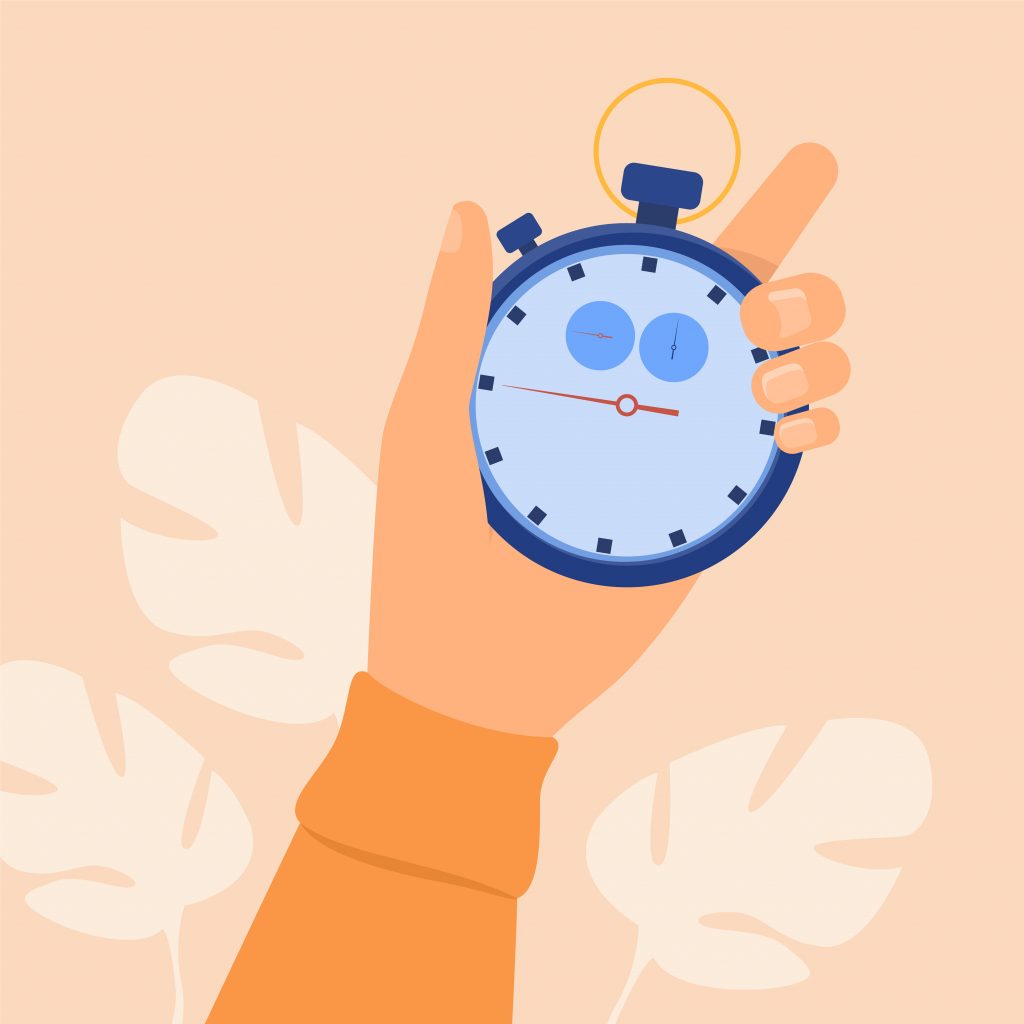Chapter 9: Pre-Writing
Freewriting
 Freewriting is a technique that actually generates text, some of which you may eventually use in your final draft. The rules are similar to brainstorming and clustering:
Freewriting is a technique that actually generates text, some of which you may eventually use in your final draft. The rules are similar to brainstorming and clustering:
- Write as much as you can, as quickly as you can.
- Don’t edit or cross anything out.
- Keep your pen, pencil, or fingers on the keyboard moving.
- You don’t need to stay on topic or write in any order. Feel free to follow tangents.
- If you get stuck, write a repeating phrase until your brain gets tired and gives you something else to write. (Variation: I like to complain at this point, so I write about the fact that I’m stuck, I really hate having to do this, why isn’t it lunch-time already, etc.)
- Freewriting can be used just to get your mind working so that you can write an actual draft. In this case, you can write about whatever you want. Freewriting to generate ideas usually works best when you start with a prompt–an idea or question that gets you started. An example of a writing prompt might be “What do I already know about this topic?” Or “What is the first idea I have about my topic?” If you started with a list or an outline, you can freewrite about each item.
Looping
Looping is a technique built on freewriting. It can help you move within a topic to get all related ideas into writing.
- To begin, start with a freewrite on a topic. Set a timer and write for 5-15 minutes (whatever you think will be enough time to get going but not so much that you will want to stop).
- When the time period ends, read over what you’ve written and circle anything that needs to be fleshed out or that branches into new ideas. Select one of these for your next loop.
- Freewrite again for the same time period, using the idea you selected from the first freewrite.
- Repeat until you feel you have covered the topic or you are out of time.
Adaptations
This section has been adapted from Strategies for Getting Started in The Word on College Reading and Writing by Carol Burnell, Jaime Wood, Monique Babin, Susan Pesznecker, and Nicole Rosevear, licensed under a Creative Commons Attribution-NonCommercial 4.0 International License, except where otherwise noted.
Media Attributions
- freewriting © storyset is licensed under a CC BY (Attribution) license
- Human hand holding stopwatch © pch.vector is licensed under a CC BY (Attribution) license
A technique where you simply write what comes to mind regarding a topic or idea, without pausing or going back to edit or revise (that can be done at later steps).
A technique for brainstorming ideas and finding connections between ideas by starting with one central idea, then thinking of related ideas or concepts.


